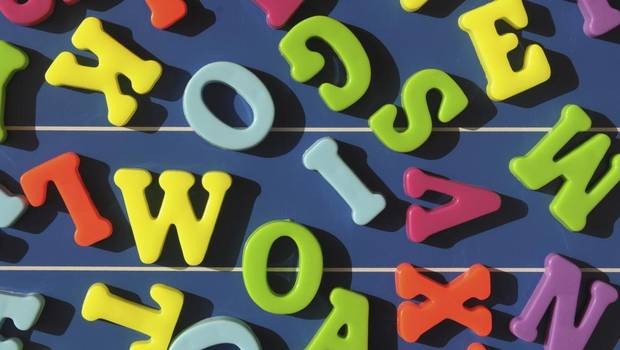The ABCs of dividend ETFs The Globe and Mail
Post on: 4 Август, 2015 No Comment

Dividend exchange-traded funds are growing in popularity, thanks to their low fees, bond-beating income stream and diversification benefits.
Like all other baby boomers out there, we are looking for income to supplement our pensions. We want to buy dividend-paying ETFs such as XDV and CDZ. I don’t understand how to figure out the yields on these two ETFs. Can you tell me approximately how much I would have to invest equally in these two ETFs to generate around $2,000 a month? — S.G.
The ETFs you’re referring to are the iShares Dow Jones Canada Select Dividend Index Fund (ticker: XDV) and Claymore S&P/TSX Canadian Dividend ETF (ticker: CDZ).
Both ETFs hold Canadian dividend-paying stocks including banks, pipelines, utilities and telecoms. CDZ also holds income trusts.
There’s an easy way to find the yield, and a slightly harder way. We’ll start with the harder way, because it will help you understand the concept of yield.
Yield is defined as the annual cash distributions divided by the current share price. You can find historical distribution data for the ETFs on the iShares and Claymore websites.
Investor Education:
- All about ETFs
- ETF picks for your RRSP portfolio
- The bad boys of the ETF world
- Are ETFs your cup of tea?
- How do ETFs fit my investment strategy at this stage in life?
Starting with XDV, it paid $0.74141 per unit in distributions over the past four quarters, and the units traded Tuesday at $18.73. The trailing yield is therefore $0.74141/$18.73, or 3.96 per cent.
CDZ, which pays monthly instead of quarterly, distributed a total of $0.8715 per unit over the past 12 months. The unit price Tuesday was $17.91. So the yield is $0.8715/$17.91, or 4.87 per cent.
Now for the easy way to find the yield: Go to globeinvestor.com, enter the ETF symbol in the search box, then scroll down to where it says yield. The numbers here may differ slightly because, instead of looking backward, globeinvestor.com makes assumptions about what the dividend will be going forward.
To answer the second part of your question: To generate $2,000 a month (or $24,000 a year) in total income, you would need to invest about $270,000 in each ETF, or $540,000 in total. That is assuming distributions continue at the same rate as in the previous 12 months, which is by no means guaranteed.
Remember, there are risks with ETFs, including the possibility of capital losses and dividend cuts. Before you invest, make sure the ETFs match your risk tolerance and goals and that you’re comfortable with the underlying holdings.
Looking at the distributions for both XDV and CDZ, I notice there is a meaningful component that is return of capital. Are they pulling a fast one on me by basically paying me with my own money? In other words, are the distributions overstated? — D.L.
No. The distributions these ETFs pay are equivalent to the distributions of the underlying securities, less management fees and other expenses. There is no funny business going on, iShares and Claymore told me.
This is all about the way income is characterized for tax purposes, that’s all it is, said Som Seif, chief executive officer of Claymore Investments.
In 2009, about 16 per cent of XDV’s distributions were classified as return of capital. For CDZ, it was about 18 per cent. The important thing to know about return of capital is that, rather than getting taxed immediately on this amount, it is subtracted from the investor’s adjusted cost base. This ultimately gives rise to a larger capital gain — or smaller capital loss — when the units are sold.
Return of capital arises for two reasons with these ETFs. The first is that some of the underlying securities — real estate investment trusts in the case of CDZ — may pay a portion of their distribution as return of capital, which is then reflected in the ETF’s distributions.
The second reason has to do with how ETFs account for new money coming in from investors. When an ETF is growing and creates new units, it must keep the same proportion of cash and securities that existed before the new money came in. Otherwise, the composition of the fund would change.
For example, consider an ETF worth $1-million that holds $950,000 in securities, along with $50,000 in accumulated cash to be paid as dividends. If the ETF suddenly doubles in size, it would purchase another $950,000 in securities and the remaining $50,000 would be added to the cash balance to be paid as dividends. This additional $50,000 would be treated as return of capital.
Watch Investor Clinic videos :
- Why I love dividend growth stocks
- The right way to approach tax-loss selling
- What’s an MER?
- ETFs: What could go wrong
- How to pay less tax
- Dividend stocks, your friend
- Why dividend ETFs will make you richer
- The right way to approach tax-loss selling
- Coping with volatility
- Dividend dates explained
- GIC rates: Creeping higher
- Joy of dividends
- Fund fees hurting?
There’s a reason new cash is paid to unit holders. If it wasn’t, every new [investor]in the product would be diluting the dividend return of the next client, explained Oliver McMahon of iShares Canada.
We would potentially have a situation where the index is returning 4 per cent in income per year, but if we had lots of unit creations and didn’t distribute the cash behind those creations, the dividend yield on the product could, for example, be 1 per cent.
We’re trying to make the product better mirror the underlying index. There’s certainly nothing manipulative about what we’re doing.














